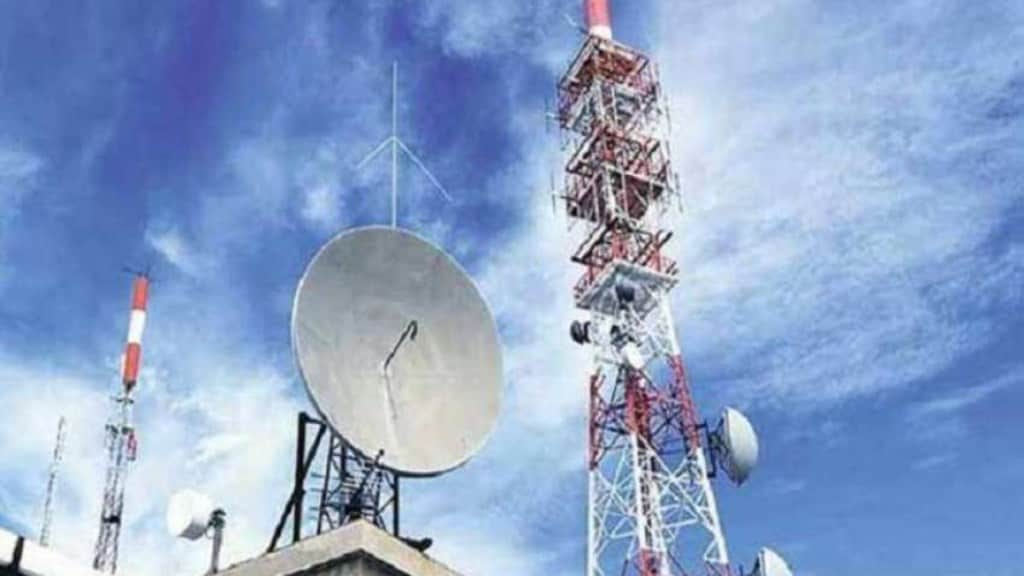By Milind Kulshreshtha
China’s Indo-Pacific assertiveness, territorial claims and the overall military modernization has led to frequent and risky encounters with the Indo-Pacific regional players, including Japan. This rapidly changing geo-political dynamics in the Indo-Pacific has caused a shift in Japan’s long-standing pacifist arms export policies. Japan’s Policies on the control of arms exports have been guided by the Three Principles on Arms Exports so as to stay away from any possible international conflicts. These restrictions pertain to arms exports to countries or regions described as communist bloc countries, countries subject to UNSC arms exports embargo and those countries involved in or likely to be involved in international conflicts. However, in 2023, Japan revised the Three principal approach and its implementation guidelines on transfer of Defence Equipment and Technology based upon the National Security Strategy.
Japan-India Military Cooperation
Japan considers the defence equipment and technology cooperation with India as an important field keeping in mind the special strategic global partnership with India. In August 2024, the third India-Japan 2+2 Foreign and Defence Ministerial Meeting held in New Delhi highlighted the common strategic vision towards a free, open and rule based Indo-Pacific. The 2015 Memorandum of Defence Cooperation and Exchanges included two key agreements on Defence Equipment and Technology Cooperation and Security of Classified Military Information to enhance the defence cooperation. The seventh Joint Working Group on Defence Equipment and Technology Cooperation (JWG-DETC) was held in June 2023. Further, in 2020, an agreement related to Reciprocal Provisions of Supplies and Services between the two Armed Forces was important support for Defence supplies and services while engaged in bilateral United Nations Peacekeeping Operations, Humanitarian International Relief and similar activities.
Operationally, the Indian Navy and JMSDF interact bilaterally during JIMEX (Japan – India Maritime Exercise) to share best practices and operational skills. This year Indian indigenous stealth Frigate INS Shivalik visited Yokosuka, Japan to participate in the bilateral JIMEX 24, the eighth edition since its inception in 2012. Also, the Indian and Japanese Navy undertake regular interactions in multilateral settings of exercises MALABAR and MILAN. Japan is a Quad member, already active with the Indian Navy along with US and Australian naval forces.
Unicorn Antenna for India
The Indian Navy warships extensively use the HF, VHF/UHF, MF and LF bands for terrestrial communications. These are operated onboard through an indigenous Composite Communication station. However, multiple sets of antennas are fitted onboard for each of the frequency band configurations to achieve spatial diversity i.e. multiple antennas in different locations to improve signal quality, reliability and redundancy. Currently, the BEL supplied fourth generation voice and data integrated system for warship’s external communication is the Advanced Composite Communication System (ACCS), which includes Transmitter Aerial Switching Rack (ASR) to cater for switching HF Transmitters to HF Antenna remotely on an IP based Network. However, soon Indian warships are going to see a revolutionary change in the existing antenna system onboard with fitment of Japanese UNICORN (UNIfied COmplex Radio aNtenna) communication mast. On 15 Nov 2024, the Memorandum of Implementation was signed between India and Japan for the co-development of the UNICORN antenna complex for Indian warships. This shall be the first co-development / co-production of Defence Equipment between India and Japan and may be a trendsetter.
Advantages of UNICORN Antenna
The composite communication antenna UNICORN is an innovation conceptualised by the Japanese navy and the complex system manufactured by NEC Corporation, Japan. The unique system was evolved over the last decade as a stealth technology for Japan’s Future Frigate Multirole (FFM) class surface warships. The FFM class, also known as the “Upgraded Mogami”, are designed to be a multi-mission frigate with stealth capabilities, the advanced combat vessels for reconnaissance and surveillance operations. This special requirement emerged primarily to achieve stealth features on the FFM class warships, with exposed antennae fitted on the high mast-top being a key contributor to enhanced warship Radar Cross Section (RCS).
The UNICORN provides an optimal placement of individual antennas within a single mast, instead of distributed antennas on mast tops and along the ship’s upper deck. But overcoming the mutual interference between the closely packed antennae for a reduced radar cross section (RCS) has been an engineering marvel. Also, a ship in open oceans is susceptible to lightning bolts and to overcome such eventualities causing damage to the ship, an efficient lightning diverter strip has been integrated over the single mast surface. In this composite antenna, the FRP radome assists in weather resistance and improves system maintainability. In order to improve repairs, the whole Unicorn antenna is replaceable as a unit, with the defective antenna repaired ashore and retained in stock as a ‘ready-use’ spare. Another technological achievement in this Unicorn antenna is the TACAN (Tactical Air Navigation) antenna design, which has been changed from the conventional disk shape to a hollow donut shape and relocated from the topmost mast position to the lower end of the UNICORN antenna.
Conclusion
The Japanese collaboration with India for induction of the latest UNICORN communication antenna complex under a co-developmental model with Bharat Electronics Limited shall improve the Indian warships’ stealth advantage. Japan is one of the maritime regional powers considered technologically advanced, including for the underwater technologies. However, matching the military-industrial might developed by China to rapidly roll out warships, submarines and aircraft carriers is considered beyond the reach of any of the regional powers. Today, the Chinese anti-access or area denial strategy in the South China Sea is considered well established and its Navy is a strong maritime power in the Indo-Pacific. The Chinese naval power already leads the world in numerical superiority and, thus, newer re-alignments and changes in the regional collaborations are crucial to achieve any effective counter.
The author is an Indian Navy Veteran, and Strategic Analyst with an expertise in technologies related to C4I solutions.
Disclaimer: Views expressed are personal and do not reflect the official position or policy of FinancialExpress.com Reproducing this content without permission is prohibited.

